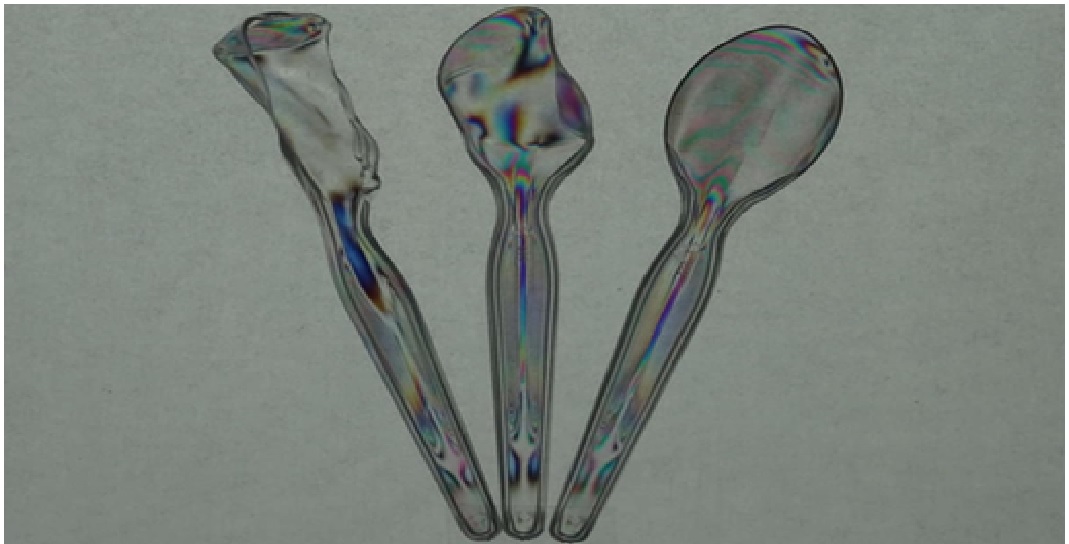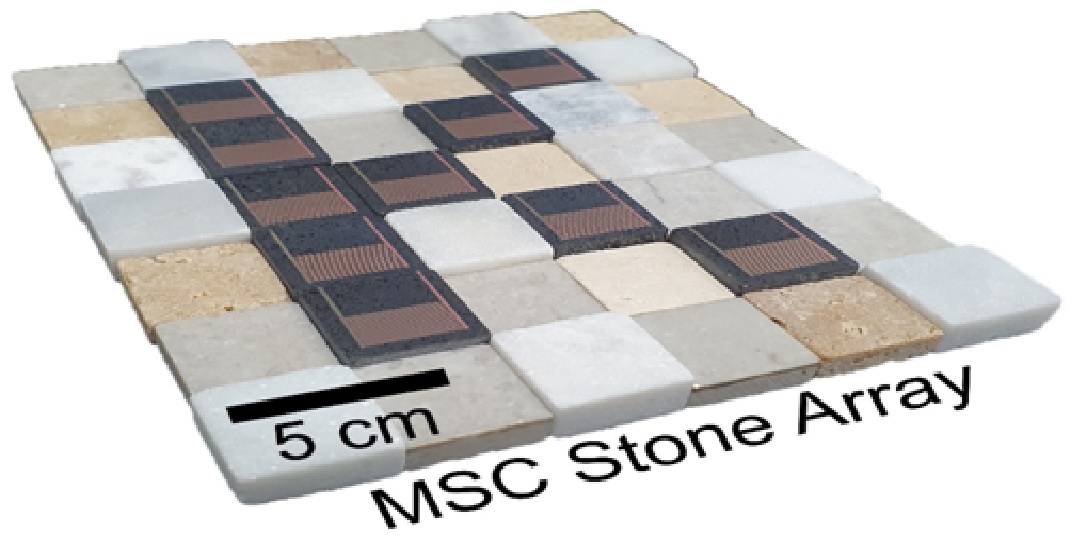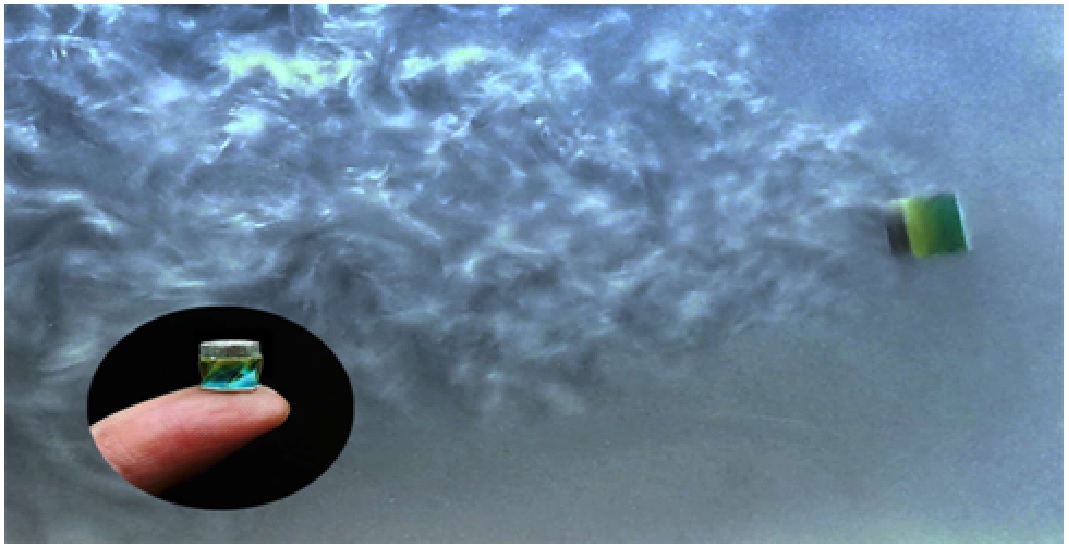Light Polarisation Used to Create Art, Visualise Physics Concepts Illustrated Mathematically
A researcher from Trent University explored the concept of polarisation and how diverse colours appear when materials are placed between a set of polarisers, as part of an effort to use colour visualisation for subtle physics concepts that are typically only demonstrated mathematically. The researcher has also analysed the way these colours can be controlled and the effects of change in viewing angle, sample orientation, and order of layers between the polarisers on them. [1]

Figure 1. Light Polarisation Used to Create Art, Visualise Physics Concepts Illustrated Mathematically
Figure 1 shows in the study, the researcher has used visual examples of concepts related to birefringences — the optical property of a material with a refractive index that depends on the polarisation and the direction of light — like subtraction, addition, and order-of-operations.
Usually, formal matrix mathematics is used to explain the noncommutative nature of birefringent addition. However, in this study, published in the American Journal of Physics, the researcher used colour visualisation for the purpose. [2]
“I use a visual language of coloring to illustrate subtle physics that are often only demonstrated mathematically,” said Aaron Slepkov, the study’s author, from Trent University in Canada. Slepkov was inspired by the work of artist Austine Wood Comarow, who found a profession in applying bias-filtered coloring techniques in fine art Austine called her art collage poling or polarization.
She used sophisticated layers of die-cut cellophane and other birefringent polymer films and created a variety of artworks ranging from small free-standing pieces to huge installations exhibited in institutions.
“In this work, I specify the link between polarization filtering and the colors observed. I demonstrate how various aspects of birefringence in common household films provide opportunities and challenges for their use in art,” Slepkov said. [3]
Transparent plastic cutlery, for instance, provide a classic demonstration, where localized strain in the polymer structure results in differential birefringence, observable through a polarization gate. Likewise, somewhat randomly folded kitchen cling wrap, gift basket film, and layered adhesive tape can form intricate images reminiscent of stained-glass windows.
"The manipulation of birefringent films for the purpose of creating color images is fun and intellectually stimulating. Much of the nuanced physics of polarization, birefringence, retardance, and color theory can be observed in this accessible yet expansive endeavor," said Slepkov. [4]
References:
- https://gadgets360.com/science/news/light-polarisation-create-art-birefringences-colour-visualisation-phsyics-concepts-3191968
- https://realtimeindia.in/light-polarisation-used-to-create-art-visualise-physics-concepts-illustrated-mathematically/
- https://newsnaveen.com/tech/136071/
- https://www.sciencedaily.com/releases/2022/07/220722123240.htm
Cite this article:
Thanusri swetha J (2022), Light Polarisation Used to Create Art, Visualise Physics Concepts Illustrated Mathematically, AnaTechMaz, pp.274















